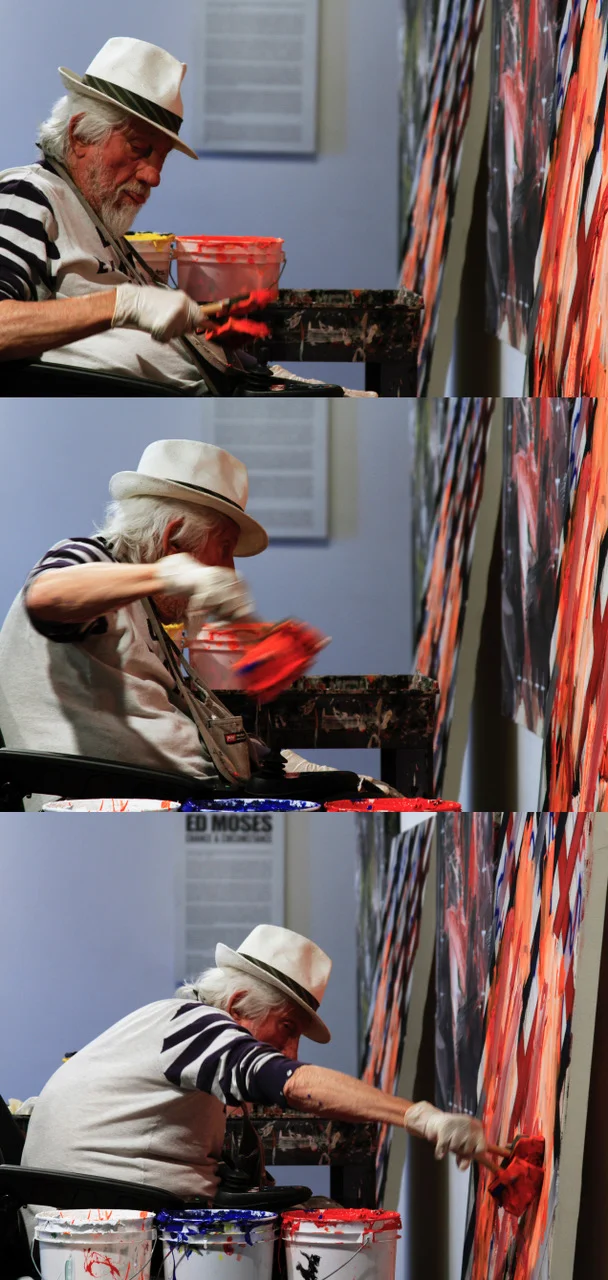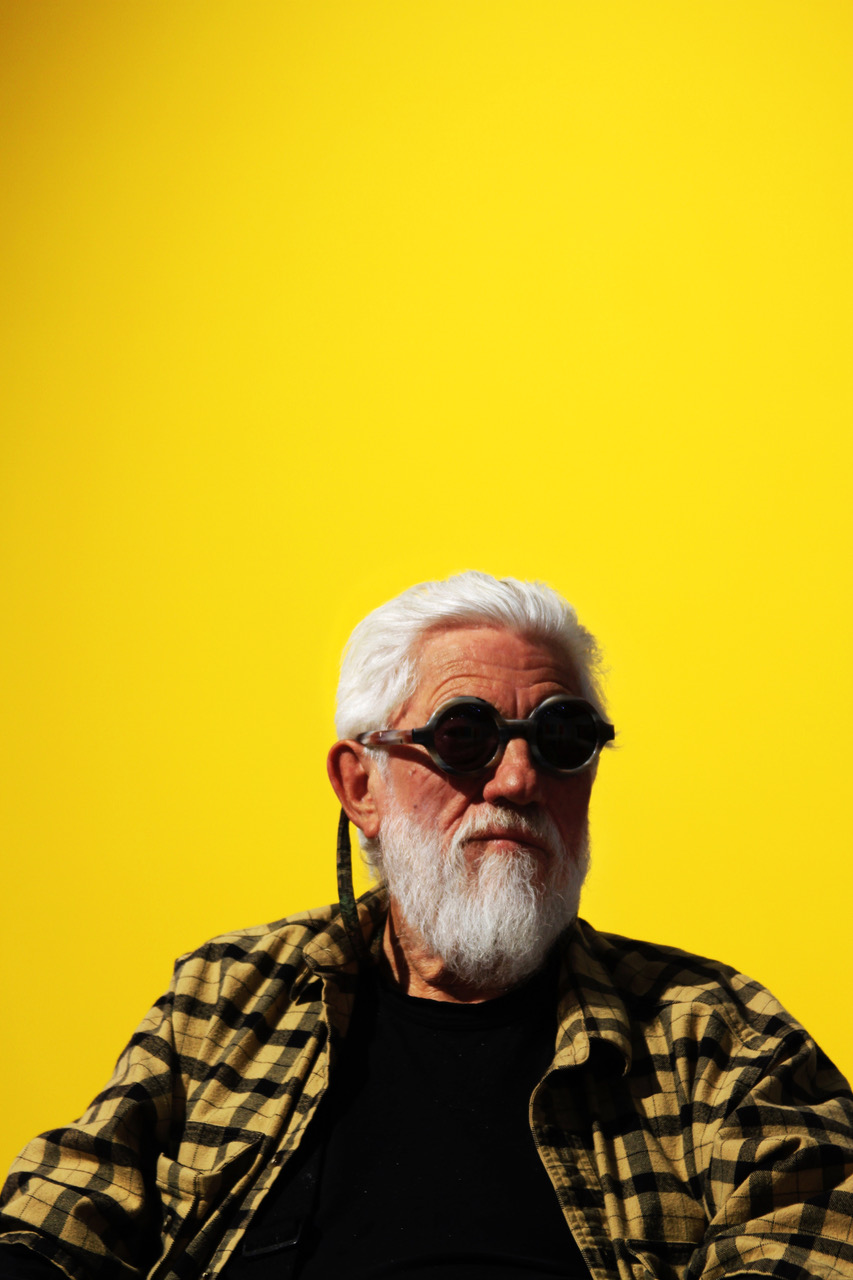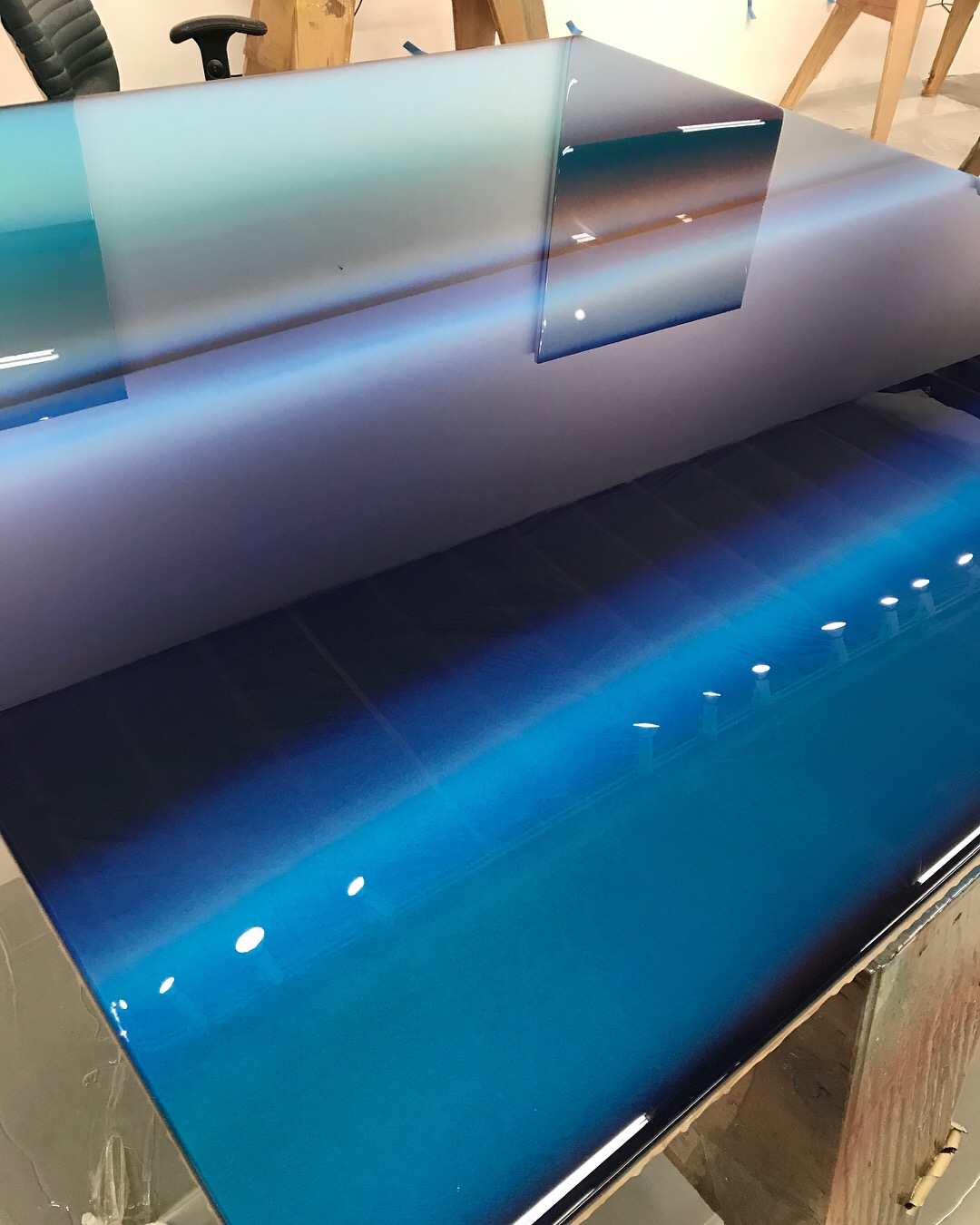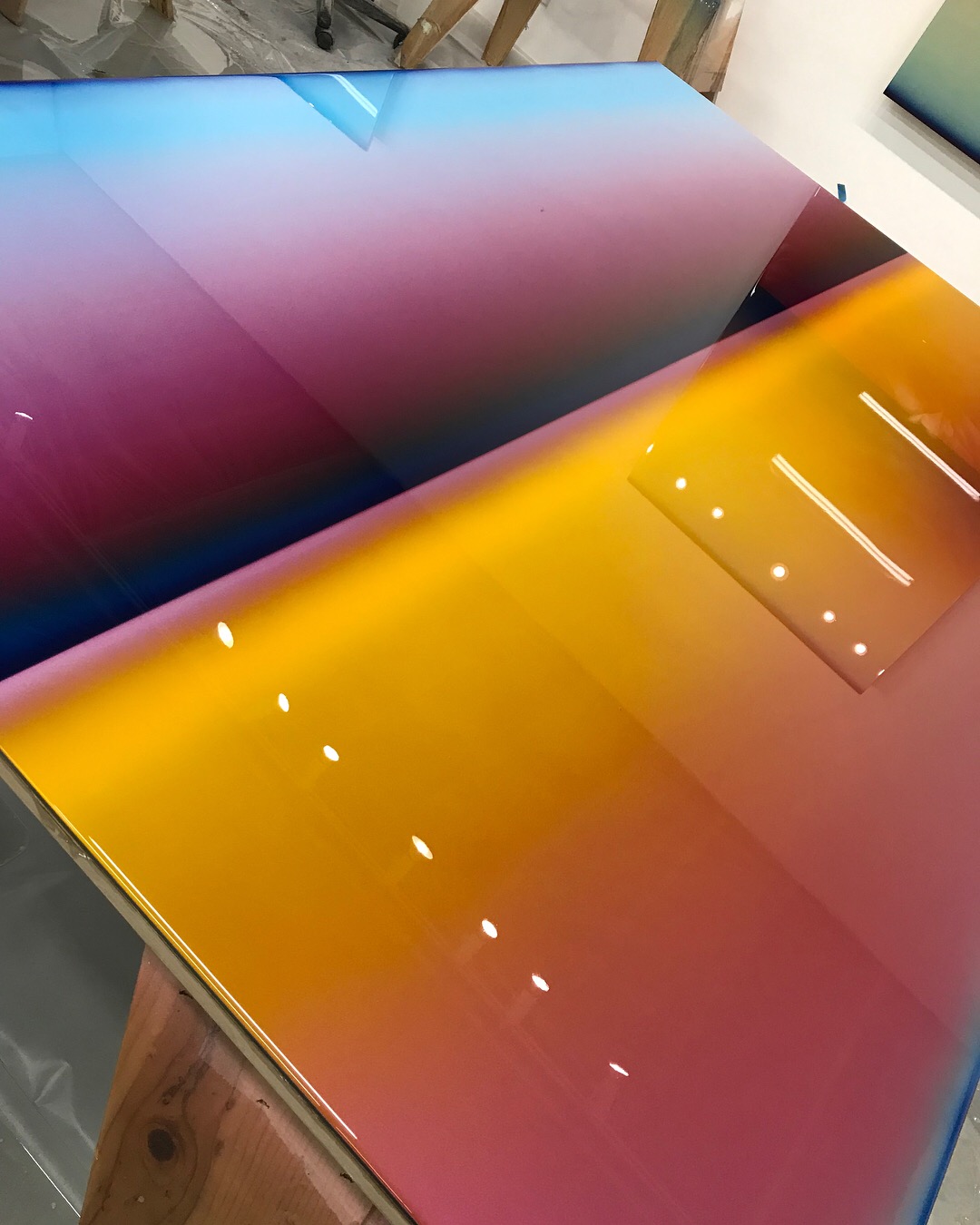Ed Moses - Examining the last 5 years of an iconic artist’s life
/Through the Looking Glass presents an overview of this last period, with a selection of work Moses produced over the last five years of his life. The work is ambitious and adventurous, and is marked by the artist’s spontaneity and expansive visual vocabulary.
The exhibition reveals an artist fully engaged, working in the moment, embracing a career’s worth of stylistic approaches, while incorporating new ones, as Moses boldly entered the labyrinths of the creative process. The works are dramatic in scope and exemplify the breadth of his reach.
The title of the exhibition is from Lewis Carroll, one of Moses’s favorite writers, and refers to one of the artist’s fundamental beliefs - that art, at its best, is a portal to the unknown, through which one is transported to magical realms.
Moses did not paint to express; he painted to discover. Restless curiosity was his driving force - chance and circumstance his guiding principles. Often Moses would see the ghost images that appeared on the backs of his paintings as the very point and pith of the effort - subconscious postern doors opening to new dimensions through a willingness to embrace the unexpected.
It has been a year since Ed Moses has passed to the other side of the looking glass. We are honored to present these late works, by this incredibly gifted, committed, and important painter.
Moses obsessively mined the possibilities of abstract painting for over 60 years, leaving an indelible mark on the contemporary art world. He was extraordinarily productive, and as he entered his 90s, he showed little signs of slowing down, painting daily, as he had done for decades, outdoors at his Venice studio, and attending numerous exhibitions of his work at various venues throughout the city.
Moses received national and international recognition for his singular, categorically evasive practice. Known for his restless intensity and ever-evolving style, Moses was considered one of LA’s most innovative painters, and a central figure in the city’s art scene since first gracing the walls of its legendary Ferus Gallery in 1958. Moses often referred to himself as a “mutator," driven less by the desire for self-expression than by a voracious appetite for experimentation and discovery. Describing his approach, Moses said, “The rational mind constantly wants to be in charge. The other parts want to fly. My painting is the encounter between the mind’s necessity for control and its yearning to fly, to be free from our ever- confining skull.”
A 200-page, fully illustrated artist monograph is forthcoming in 2019, and will include critical essays about the artist’s life and work by Richard Davey, Ph.D., author, and Chaplain at Nottingham Trent University, UK; and Thomas Krens, former Director of the Solomon R. Guggenheim Foundation in New York City, and current Senior Advisor for International Affairs.






